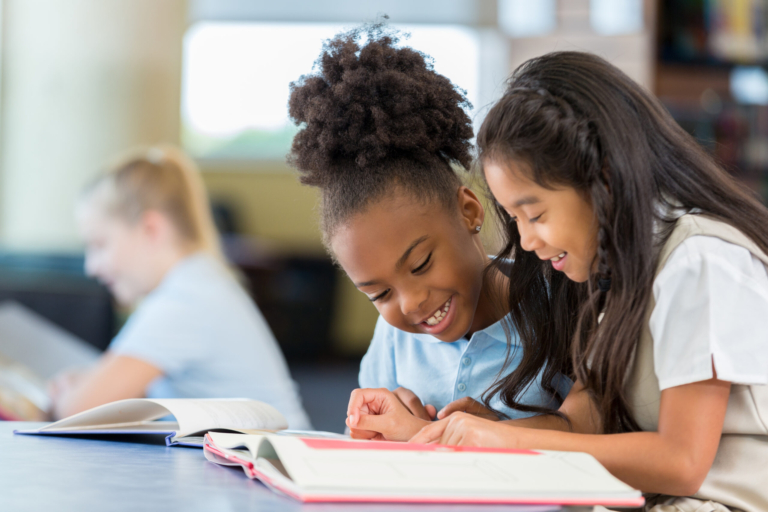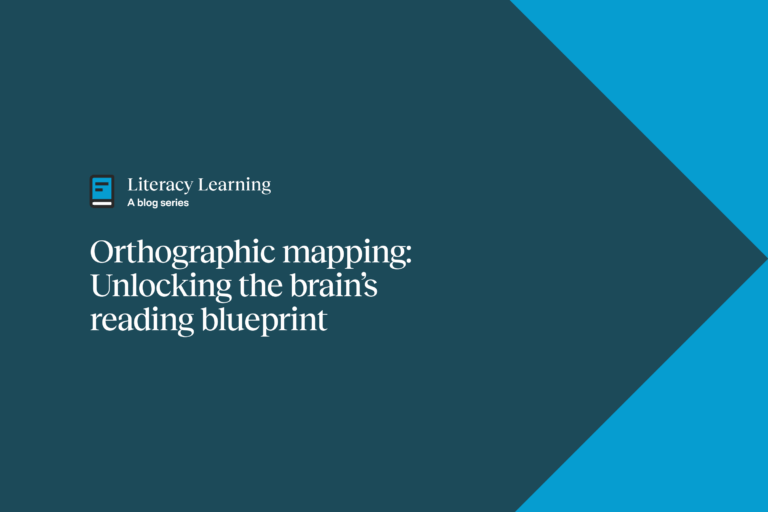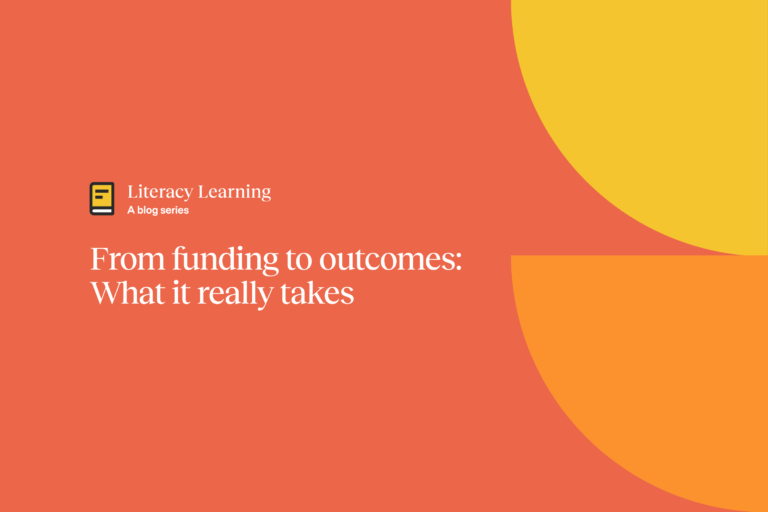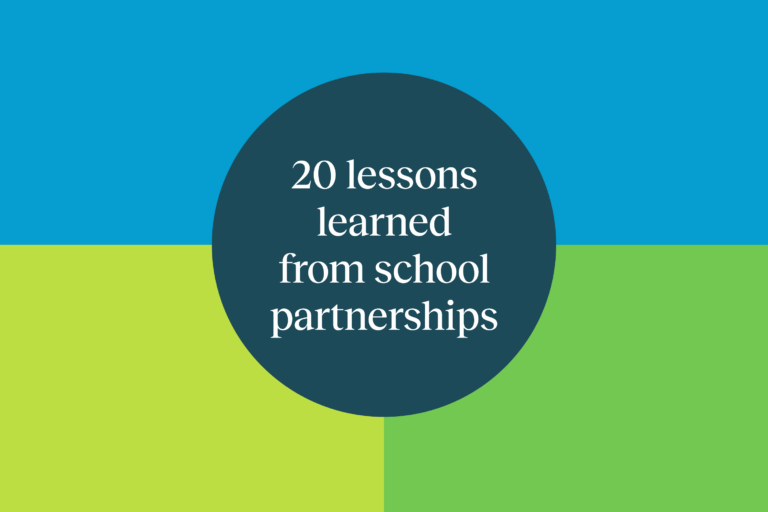Reading Comprehension Processes Poster

Teachers know that reading success occurs in stages with each stage building upon another. Nothing gives teachers more job satisfaction than watching students evolve from emergent to fluent readers. However, at times every teacher has students who can fluently read the text but when questioned, they don’t comprehend what they just read. We affectionately refer to these readers as ‘word callers’ and it’s important to recognize these students and be prepared with reading comprehension processes to overcome this literacy issue.
Use effective reading comprehension processes in your classroom every day
Research shows that actively teaching students comprehension processes
is effective. In her bestselling book Jumpstart RTI, author Dr. Susan Hall (a co-founder of 95 Percent Group) said, “Teachers need to teach students to approach reading with a problem-solving prospective rather than to focus on gaining information to complete a graphic organizer.”
Teachers need to actively teach, employ, and sustain reading comprehension processes in the classroom every day. So, how can you help your students move beyond a worksheet to gather meaning about what they’re reading? Here are three Reading Comprehension processes you can successfully introduce in your classroom tomorrow.
#1: MAKING CONNECTIONS
After reading a passage, ask your students if they can make any text-to-text, text-to-self, or text-to-world connections. Students will improve reading comprehension by connecting with something that they are already familiar with; making connections improves the likelihood that students will share their experience and show a greater interest in what they are reading..
#2: PREDICTING
Ask your students to read part of a passage or book and then stop. Then ask them to predict what will happen next. This reading comprehension strategy encourages the reader to consider sequencing and what might happen in the future. Using predicting as a comprehension reading strategy also elevates interest in the reading material as students will want to read on to see if their predictions come true.
#3: IMAGING
After reading, ask your students to draw a picture of what they just read. Imaging allows the student to use other parts of their brain to improve comprehension as they think about the passage in a visual way. Sharing what they draw and discussing their images with others is an effective reading comprehension strategy.
You can download the poster, Blueprint for Intervention: Comprehension, here to review all seven recommended steps.
This valuable tool includes student-friendly reading comprehension processes along with gestures and can be taught whole class, in small groups, or 1:1. Checking for understanding can be accomplished in several ways. Using gestures so students reveal when they’re using a comprehension process helps engage students with all different learning styles for maximum success.
By consistently using a variety of reading comprehension processes you’ll effectively engage all students. And, if you’re looking for additional reading resources, check out all of our Reading Comprehension products at the 95 Percent Group web store—we love reading 24/7.



